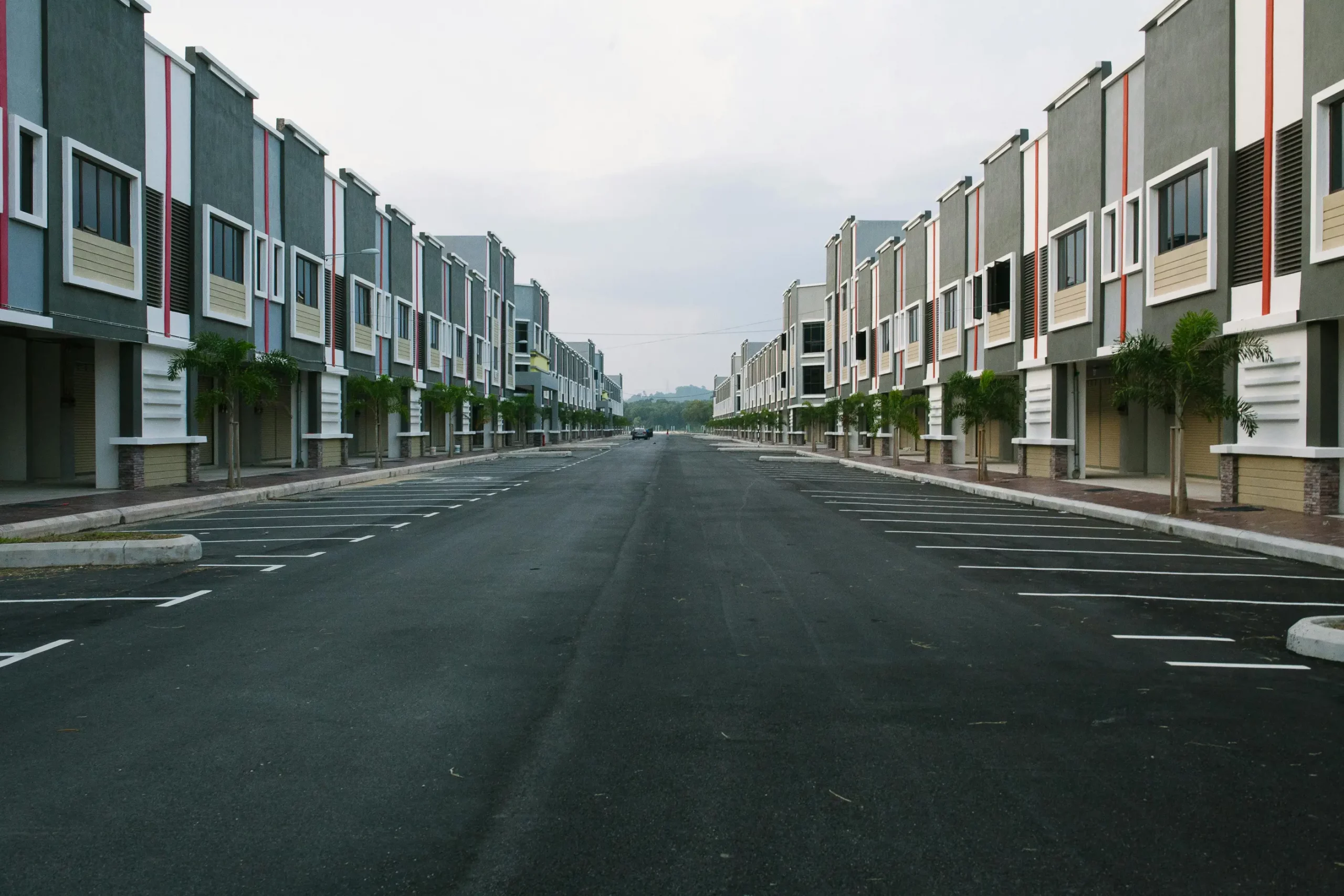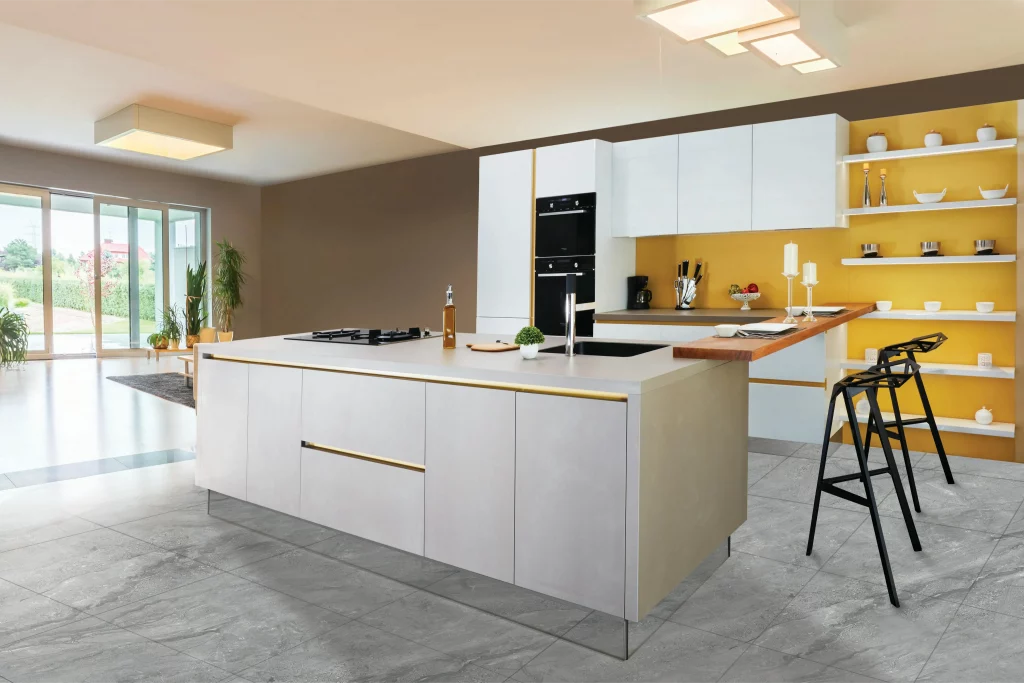
- Urban homes are evolving to seamlessly integrate technology, enhancing functionality and adapting to homeowners’ lifestyles.
- Balancing durable and stylish design poses financial and environmental challenges for sustainable urban living.
- Eco-friendly materials show promise but require further development to become the standard in home construction.
- Future urban homes aim to reflect personal aspirations, ingenuity, and the human spirit beyond mere structural entities.
- It is crucial to consider all financial, environmental, and personal aspects in developing future urban homes.
In the ebb and flow of urban development, our homes act as the architectural touchstones of societal progress. They mirror our values, adapt to our needs, and provide the foundations for our communities. In today’s architectural landscape, the imperatives of style and durability have converged in ways that are as innovative as they are essential. This blog post is a comprehensive look into integrating sleek design with robust construction in modern urban homes, offering insights to homeowners seeking the perfect balance.
A Narrative Through the Ages
Once upon a time, the thatched roofs and cobblestone walls of old were our ancestors’ concept of urban comfort and fortitude. These dwellings, while quaint, were often at the mercy of the elements, favoring beauty over practicality. Yet, as cities grew and withstood the tests of time, so did our need for homes that matched the metropolis’s pulse. Fast forward to the present day, and we find ourselves in an architectural renaissance, where the urban home is not just a sanctuary but a statement—an amalgamation of tradition with the promise of the future.
Modern Materials in Urban Home Construction
Gone are the days when brick and mortar were the sole ingredients of urban homes. Today’s architects and builders have many materials, each chosen with a specific purpose. The evolution of concrete, for instance, has transformed it from a mere structural necessity to a design element in itself. Modern variants of this builder’s staple offer strength and versatility, blending seamlessly with a home’s overall aesthetic.
Wood, too, has seen a revival. It is touted for its natural warmth and sustainability. New treatments make it a viable option even in the glass and steel jungle of modern cityscapes. And then there’s the influx of cutting-edge composites and polymers engineered to offer the best of both worlds—beauty and brawn.
Material science has played a critical role in enabling this stylistic and structural amalgamation, with constant innovation driving the creation of futuristic homes that are as strong as they are sophisticated.
The Rise of Sustainable Building Materials
The 21st century has brought an urgent need for sustainability in all facets of life, and the housing industry is no exception. Sustainable building materials are now at the forefront of the urban home construction revolution, with innovations prioritizing environmental impact alongside aesthetics and function.
The wave of sustainable options swells from recycled steel and reclaimed wood to eco-friendly insulating materials. In particular, integrating natural elements like bamboo, cork, and hemp into home construction speaks to a growing conscientiousness among homeowners and builders alike.
It is not just about the here and now but the legacy we leave behind in the brick and beam of the urban environment.
Technological Advancements in Construction
The carpenters of yesteryears would be astounded by the precision and speed with which urban homes take shape today. Technological advancements have spurred a revolution in the industry, with digitization and automation cutting down on construction time and errors.
Prefabricated and modular homes have emerged as symbols of this shift, with entire living spaces assembled off-site and installed with surgical precision. These methods not only promise durability but also offer remarkable flexibility in design, as homes can be tailored to individual preferences with relative ease.
Functionality Meets Aesthetics
In the dance of design, harmony is key, and what better example of this than the marriage between functionality and aesthetics? Practical elements like drainage systems and insulation are now seamlessly integrated into the very bones of a home, virtually invisible but undeniably crucial.
In cities where style is king, using durable concrete walls as structural support and visual canvas exemplifies a perfect meeting of these two aspects. Their sturdy elegance is a testament to innovation in urban home design, promising longevity that parallels their allure.
Design Trends in Urban Homes
Style is not static; in the whirlwind of urban development, design trends are as transient as the city’s skyline. Modern urban homes bear the imprints of clean lines, open spaces, and the transcendence of traditional room dividers. The idea of ‘bringing the outside in’ through expansive windows and the liberal use of greenery encapsulates the desire to connect with nature in an urban setting.
Functional art, such as bespoke furniture and fixtures, has gained traction, reflecting the homeowner’s taste and personality. The urban home is no longer just a dwelling; it is a canvas where life’s story is written in the language of design.
Maximizing Space in Compact Living
Nowhere is the need for integrated durability and style more apparent than in the challenge of compact urban living. The verticality of space optimization has given rise to loft living, with multi-functional areas and transformable furniture ensuring that every square inch serves a purpose.
Clever design strategies, such as using mirrored walls to create the illusion of space and the strategic placement of lighting in open rooms, demonstrate that size need not dictate sophistication. These living quarters are testaments to the innovative spirit that defines the modern urban aesthetic.
Integration of Natural Elements
The clamor for sustainability has not gone unheard in the halls of urban construction. City homes are increasingly incorporating natural elements as accents and as integral parts of their structure. Green roofs, living walls, and rainwater harvesting systems have become commonplace, offering a functional and stylish nod to preserving the environment.
Even city dwellers can revel in their small portion of greenery, with inner courtyards and rooftop gardens providing a much-needed respite from the concrete jungle. These additions make statements not just about a home’s sustainability but also about the values of those who inhabit it.
Smart Homes and Automation
The dawn of the smart home era has brought with it an unprecedented level of control and convenience. Automation systems that regulate temperature, lighting, security, and appliance use have become more sophisticated and seamlessly integrated into the urban home’s fabric.
These advancements are not just for tech enthusiasts; they cater to the need for a functional living space that adapts to the homeowner’s routine and lifestyle. The smart home is the epitome of a comfortable stay, requiring minimal intervention yet feeling inherently personal.
Challenges and Considerations
Like any grand design, the integration of durability with style is challenging. High-quality, durable materials often come with a cost many homeowners find prohibitive. Balancing the initial investment with long-term benefits is a delicate act requiring thoughtful consideration and perhaps creative financing solutions.
Furthermore, the environmental impact of certain materials raises questions about the sustainability of the homes we build. While advancements in eco-friendly materials are promising, much work must be done to make sustainable options the standard rather than the exception.
Considerations for Future Urban Home Development
In conclusion, the evolution of urban homes is a story of resilience, adaptability, and an unwavering quest for balance. It is about creating living spaces that are not just structures of steel and stone but reflections of our aspirations, our ingenuity, and our enduring spirit. Homes that are built to last and designed to inspire. And for the urban dwellers of today and tomorrow, this is the promise that home sweet home truly holds.



